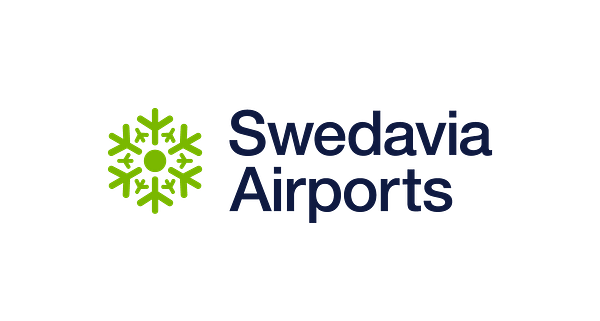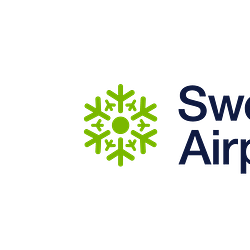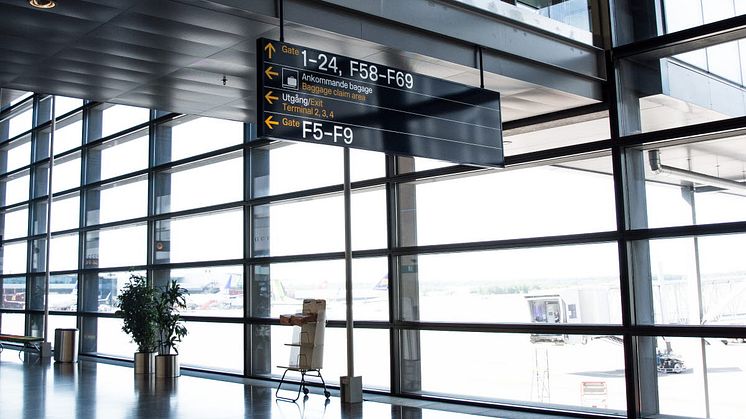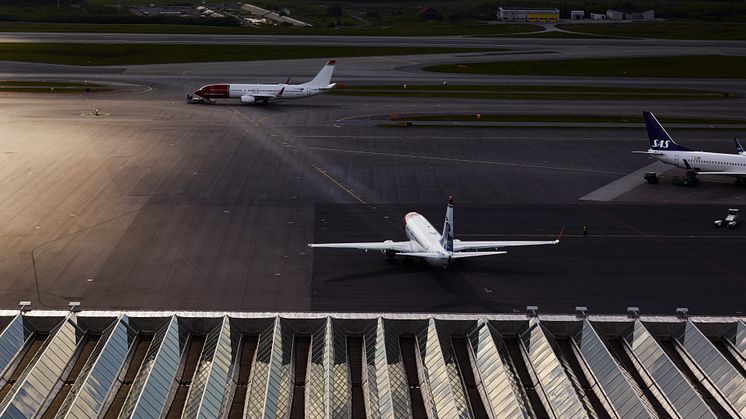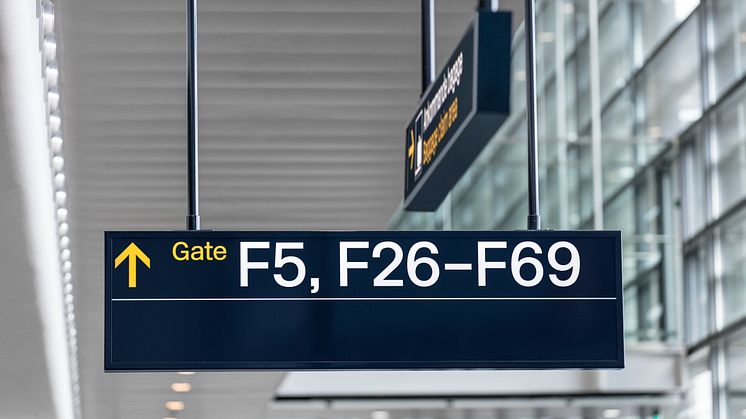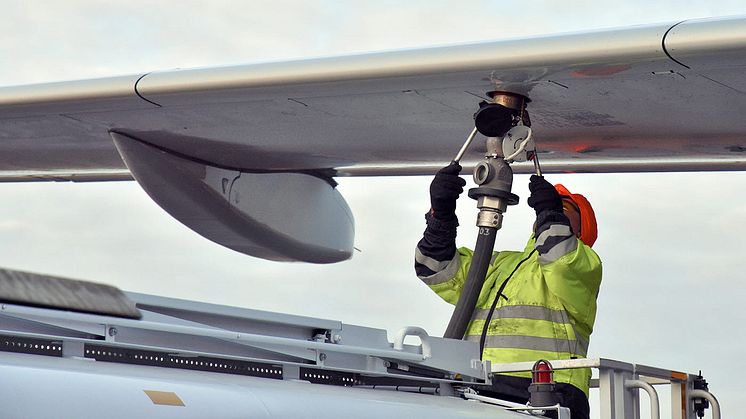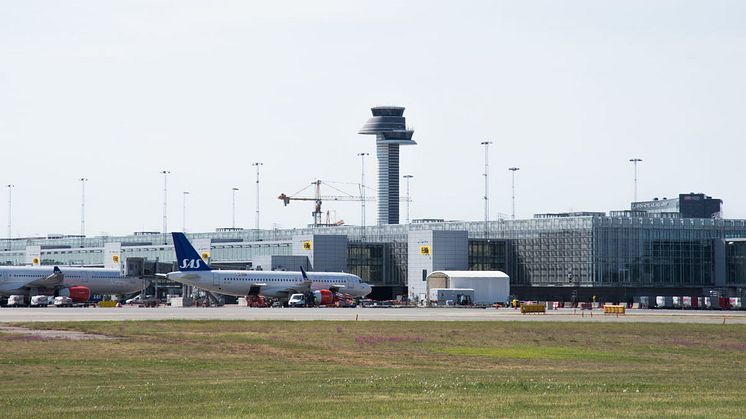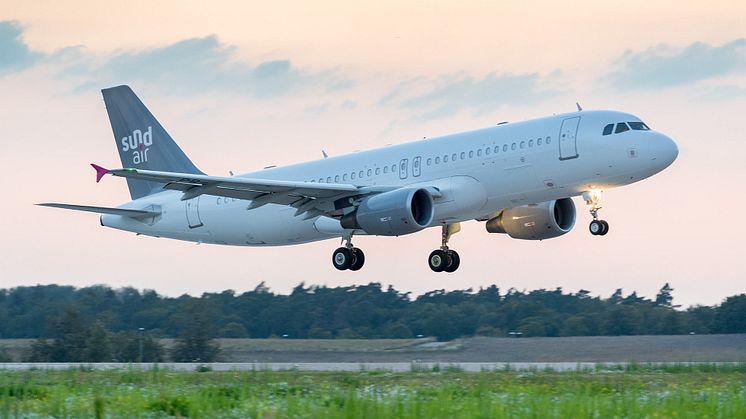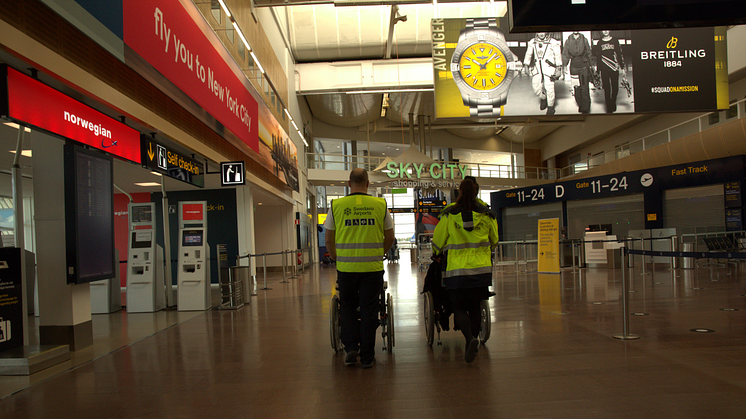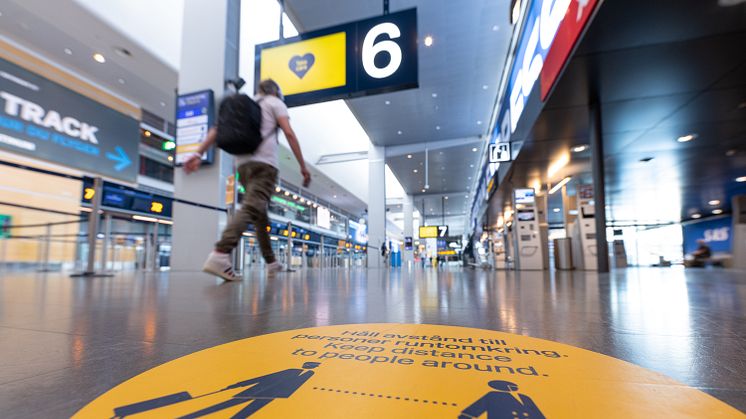
Press release -
Swedavia’s traffic statistics for November 2020
During November, 386,000 passengers flew via Swedavia’s ten airports, a decrease of 87 per cent compared to 3,001,000 passengers for the same period last year. Due to the increased spread of Covid-19, combined with new restrictions, what was already very limited demand for air travel further weakened in November.
Of the total 386,000 passengers in November, 227,000 were international passengers, which is a decrease of 88 per cent compared to 1,922,000 for the same period last year. Domestic travel decreased to a somewhat greater extent compared to previous months, with a decline of 85 per cent or 159,000 domestic passengers compared to 1,079,000 for the same period last year.
“Demand for flights diminished week after week in November, which is the ninth straight month of historically weak air travel figures as a result of the Covid-19 pandemic. The increased spread of the virus combined with new and expanded restrictions have contributed to increased uncertainty about the market trend and will probably sap demand in the immediate future,” says Jonas Abrahamsson, Swedavia’s president and CEO.
At Stockholm Arlanda Airport, air travel decreased 87 per cent to 242,000 passengers in November compared to the same period last year. At Göteborg Landvetter Airport, travel decreased 88 per cent to 58,000 passengers in November. Bromma Stockholm Airport saw the biggest decline both in November and for the period January-November, with a decrease of 95 and 78 per cent respectively.
At Swedavia’s seven regional airports, the number of passengers decreased between 76 and 89 per cent to 76,000 passengers. Kiruna Airport, Luleå Airport and Visby Airport continue to be the airports that did best, although demand in November at these airports was also very limited.
Traffic statistics for Swedavia’s airports are available (in Swedish) under “Om Swedavia/Statistik”: https://www.swedavia.se/om-swedavia/statistik/.
More information about the measures that Swedavia has taken for our passengers is available at www.swedavia.se. See for example: https://www.swedavia.com/arlanda/before-your-journey/.
For many years, Swedavia has carried out ambitious sustainability work. All ten of its airports shall have zero emissions of fossil carbon dioxide from their own operations by the end of 2020. Swedavia also works actively to promote the industry’s transition to sustainable aviation fuel and has the goal that five per cent of all fuel used to refuel aircraft at Swedish airports shall be fossil-free by 2025. Since 2016, Swedavia buys renewable aviation fuel equivalent to that used for the company’s business travel, about 450 tonnes of fuel each year.
For further information, please contact Swedavia’s press office at +46 (0)10-109 01 00 or press@swedavia.se.
Topics
Categories
Swedavia is a State-owned group that owns, operates and develops ten airports across Sweden. Our role is to create the access Sweden needs to facilitate travel, business and meetings – in Sweden, in Europe and around the world. Safe, satisfied passengers are the foundation of our business. Swedavia is a world leader in developing airports with the least possible environmental impact. The Group has revenue of over 6.2 billion Swedish kronor and some 3,000 employees.
